I used to think birding was ridiculous. Tramping around all day with a big camera and binoculars to find small flying creatures whose goal is to stay unseen?
Then I tried it. In Panama.
This is not as strange as it seems, or least, no stranger than choosing Panama for a vacation in the first place. After Charlie and I had toured Panama City and the Panama Canal, we wanted to go somewhere rural, and a Panamanian friend suggested the mountainous region of El Valle de Anton. And she recommended a lovely resort that turned out to be big on birds. There was even a bird feeder by the outdoor dining and sitting area.
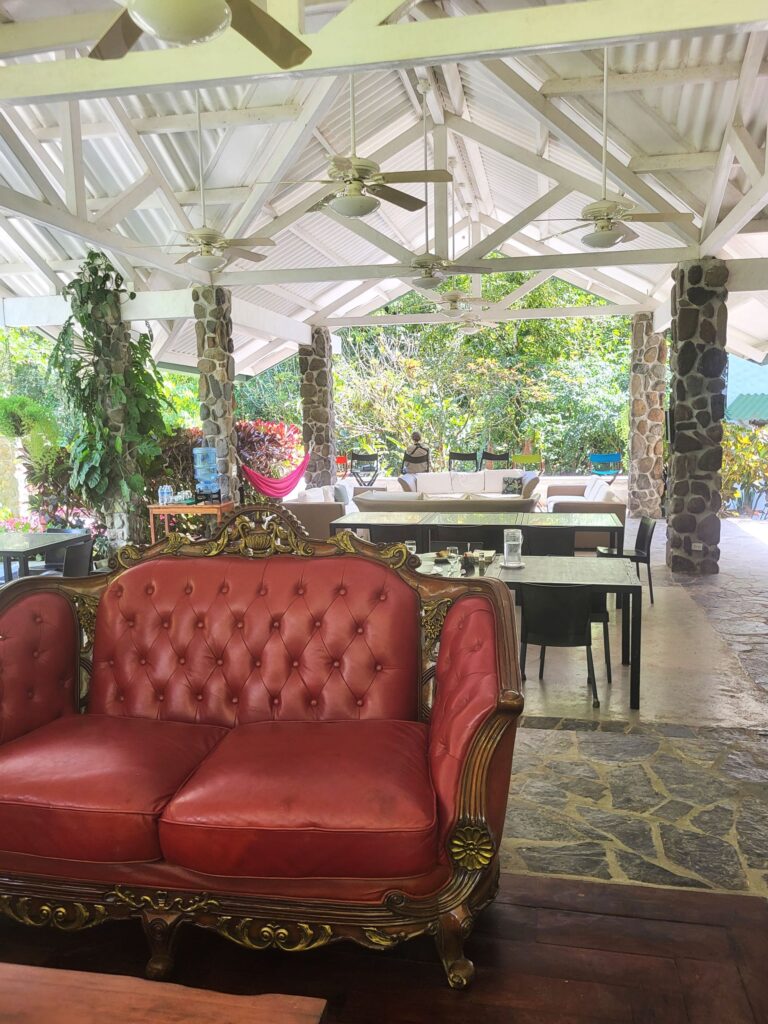
So why not?
In fact, all the other 15 or so guests (except Charlie) were birders or friends of birders. They were mostly American and mostly escapees from cold-weather Midwestern states (temperatures in El Valle ran in the 80s during the day and the 70s at night.)
We landed in the right place. Panama is home to 950 species of birds, 339 of them found, or I should say findable, in El Valle. Our guidebook says Panama is considered one of the world’s best birding locations.
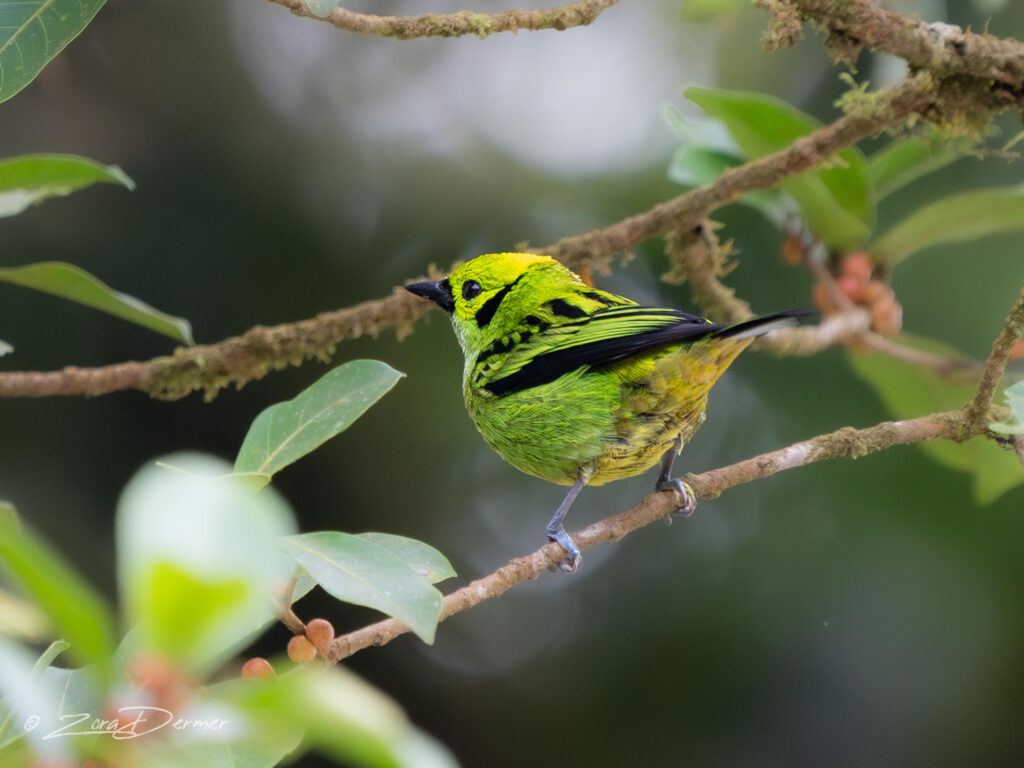
Photo: Zora Dermer
The first afternoon, I was taken around the lush, green resort property to get the lay of the land. I learned, for instance, that the way to track a bird with binoculars is to watch the bird and THEN lift the binos to your eyes. By the end of the three-day stay I was getting this right about half the time, quite an improvement from the beginning.
The best views I got, though, were through a nifty telescope-type device on a tripod that Elias, my guide that day, could set up and focus on a bird in about three seconds. This was after seeing the tiny creature lurking behind a nest of branches or a tree trunk. You could even take photos through the viewfinder if you lined your phone or camera up right on it, which I never managed.
I did, however, see an actual bird with my actual eyes. A white-tailed hawk flew past us and landed in a tree not far away. I was thrilled to take his photo.
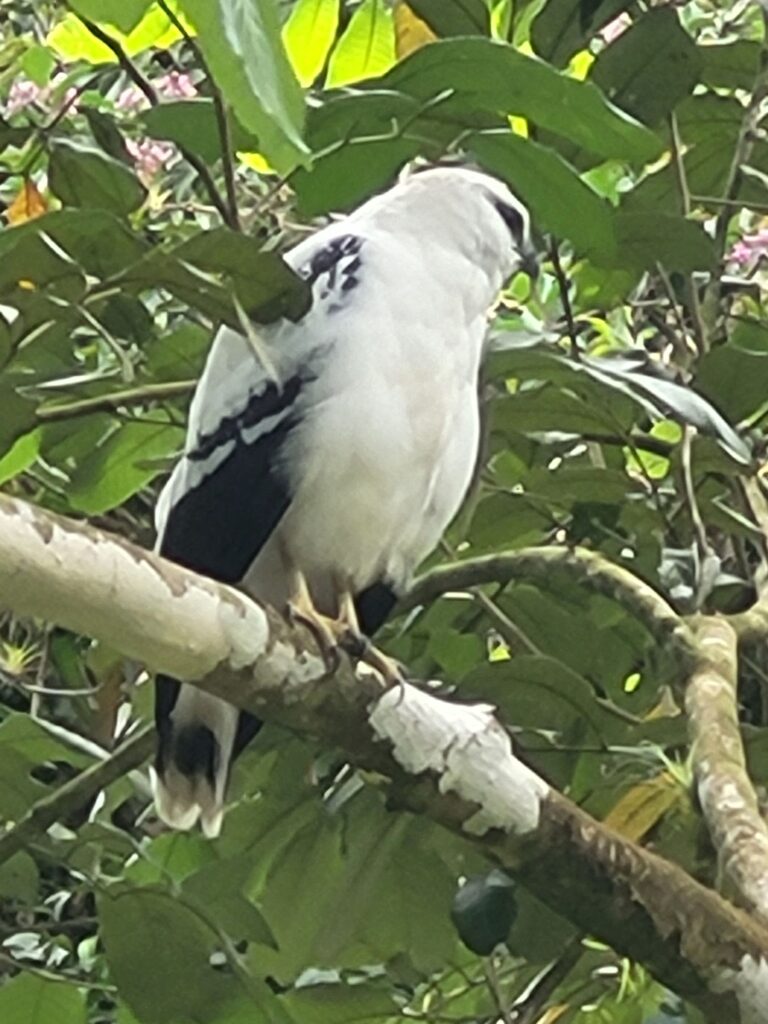
Favorite bird name of the day: dusky-faced tanager.
The next morning in the cloud forest Charlie and I saw some of the other technology that these highly skilled guides use to lure our quarry to within camera range. Tino had the bent-neck telescope, of course, but he also had an app on his phone that issued the relevant bird call, a connected speaker he could plant a ways from us and a green laser light that he shone in the bird’s vicinity.
Plus a recording device that recorded the very bird we were seeking so the avian could be attracted by his own call. So specific are the calls, Tino explained, that the same species has a slightly different sound in the east of Panama and in the west. Kind of like a regional accent. He was also a very good call whistler.
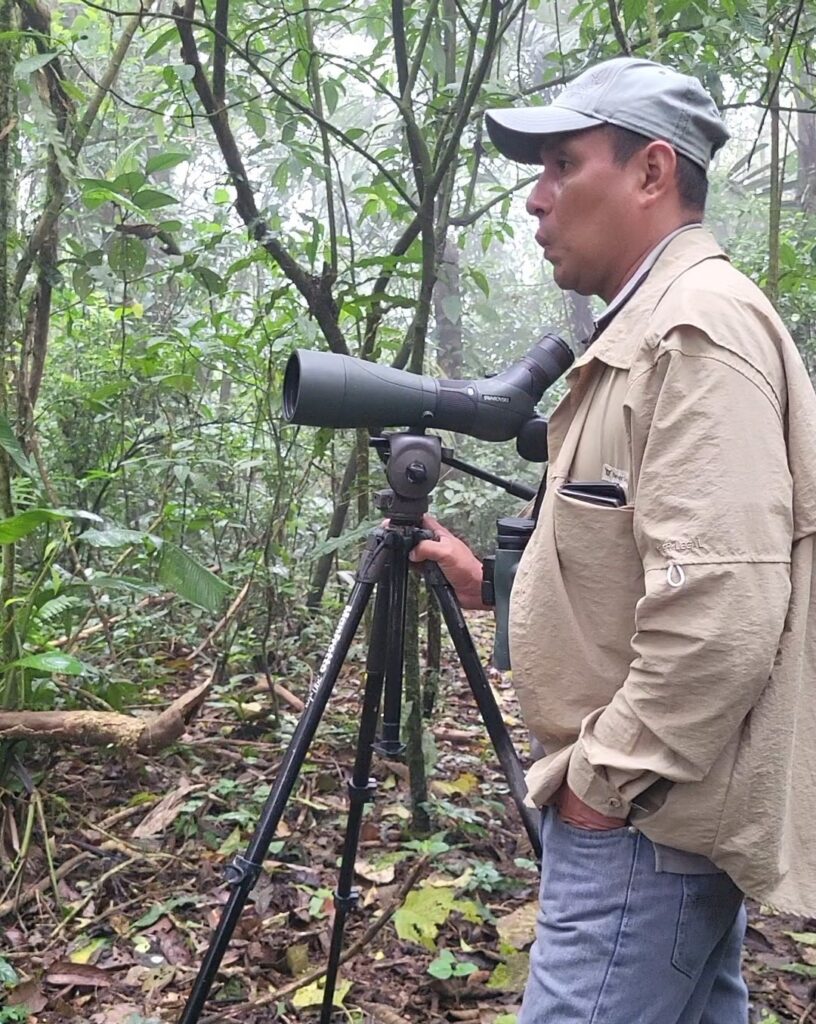
We also sighted a few very cool mammals, most notable a tamarin, and some unusual vegetation.

Photo: Zora Dermer
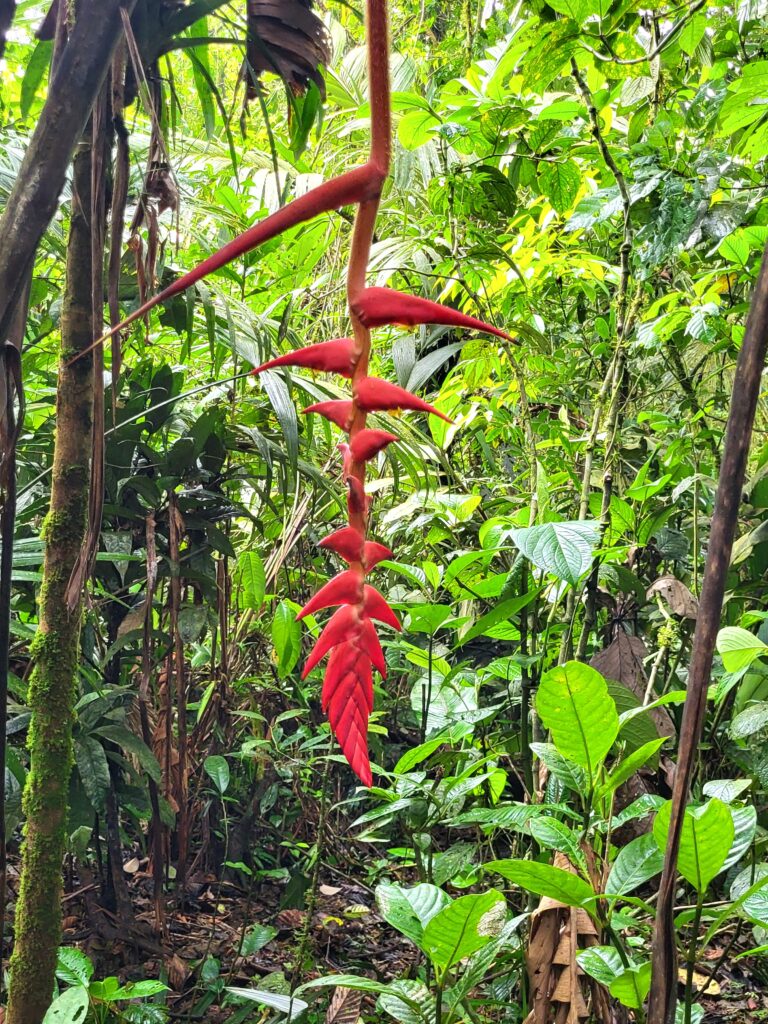
That evening I learned how real birders record their sightings. The first day, I had frantically typed the names of the species we saw—10 or so—into my phone as the guide named them. Then I transposed them as best I could into a checklist notebook issued by the resort.
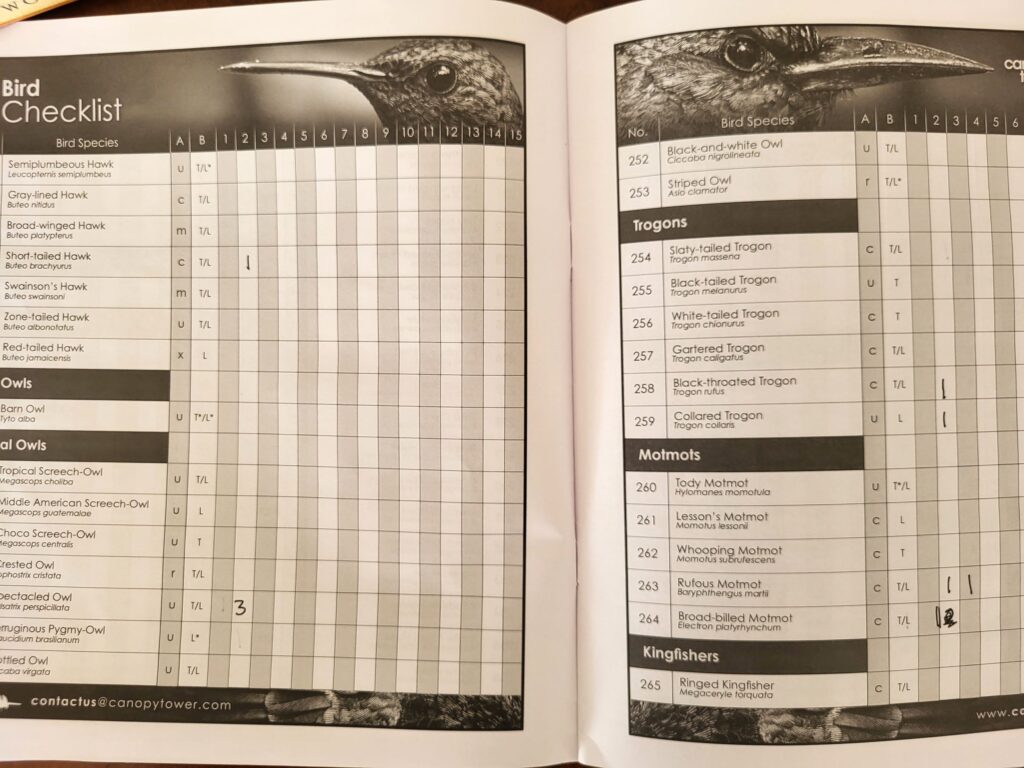
Turns out one is supposed to meet in the evening in that charming outdoor social area at the lodge and do lists. The guide calls out the names of every bird we saw, and their number in the bird book, and we mark them down. Kind of like bird Bingo, plus beer (in my case only; there seems to be a lot of teetotaling among birders).
Favorite bird name, and bird, of the day: Keel-billed toucan, and yes, I too first thought it was named after the movie.
I asked Tino how he remembered them all. “Magic,” he joked in his excellent English. Both the guides I met were from the area and had worked for the company for many years. Tino had even been sent to birding-guide school in Plum Island, Mass., for six weeks. It was not an especially rich part of impoverished Panama and our excursions into the country gave me a sense of how other local residents lived, many seemingly without cars.
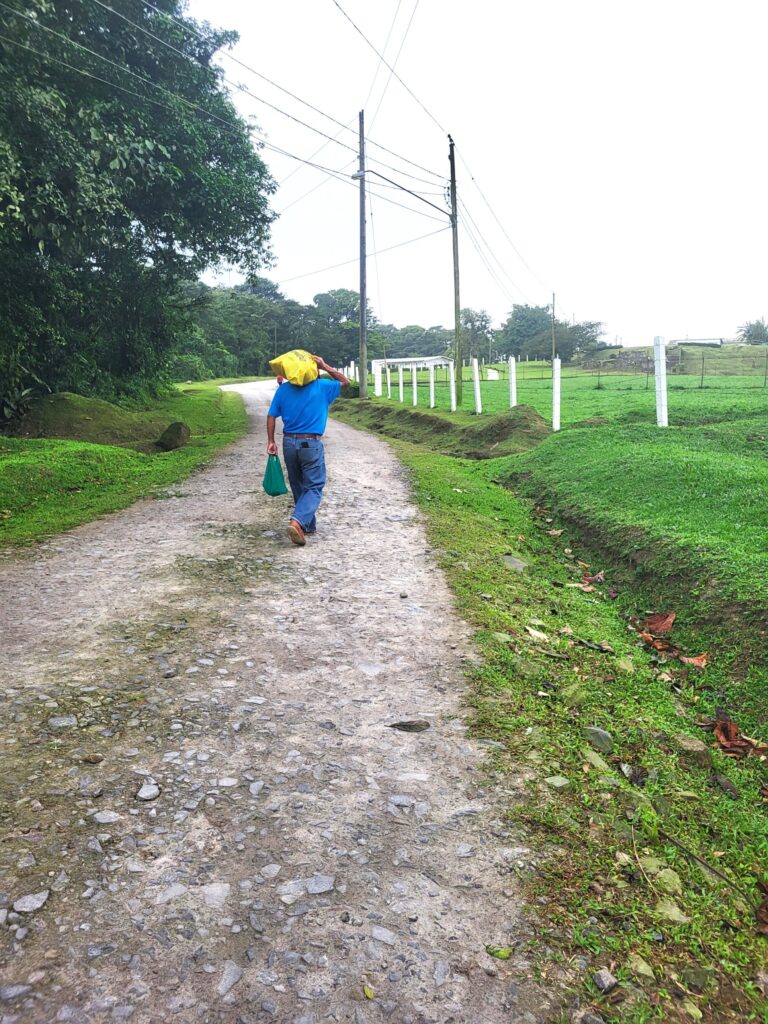
The next morning we had our best birding finds on the road on the way to the site. I told the others that the birds should be all be trained to sit on fences and telephone wires, they were so much easier to see.

Photo: Zora Dermer
Favorite bird name of the day: Yellow-headed caracara. Runner-up: Black-capped Pygmy-Tyrant.
We left the following morning, but not before I sat for a while at the viewing area near the resort’s bird feeder, binos at the ready. I couldn’t definitively name a single one, though there’s an outside chance that I recognized a rufous motmot.
Feature image: Zora Dermer. Many thanks to my new birding friend for all the photos.
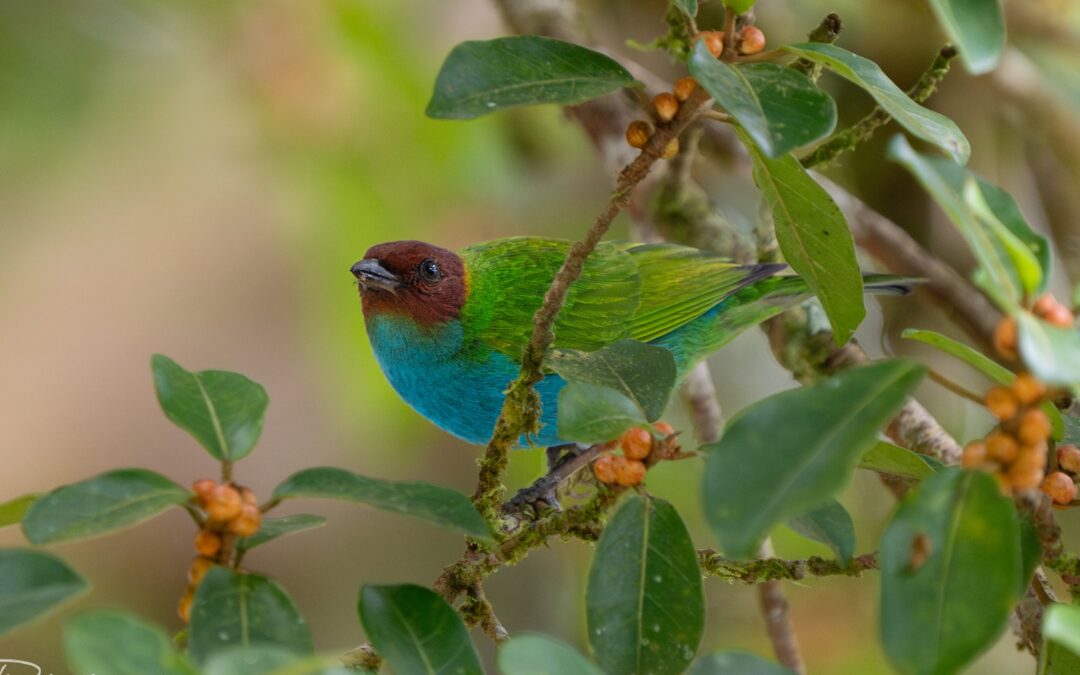
Very interesting. What was the name of the resort or tour operator.
I’m glad you enjoyed it! The place was called Canopy Lodge, in El Valle de Anton.
Wonderful fun! I became a birder about 5 years ago and use all those tricks to get them closer. Come on up to Parker River Reservation on Plum Island for tons of birding year round.
Way cool! I’m glad you enjoyed the piece and enjoy birding though I’m not sure how mch farther my birding career has to run…
What a wonderful spot Anne!
It was indeed! Wonderfully cool at night, warm in daytime.
Love birds- we get a lot of different woodpeckers at our feeder. But this! Wow I want to go!
Hello Anne, this is Raul Arias de Para, owner of the Canopy Lodge and friend of Mari Carmen Heilbron.
Your blog is a witty and accurate description of birding by a non-birder. Sorry I missed your visit.
I’ll be in Paris with my wife Denise September 6-8 and would love to meet you and have an espresso in some charming and small cafe parisien. And perhaps you can show me some of the birds of Paris!
I’m sorry I got this so late! It would have been lovely to get together. Next time…..